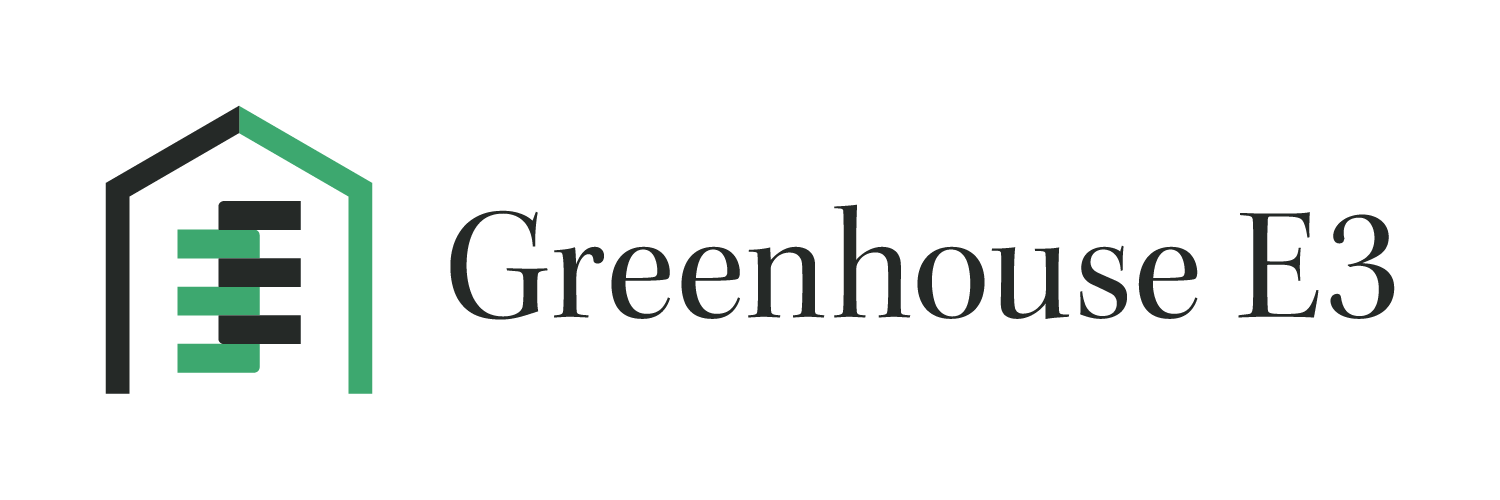Strained Board Relationships
Greenhouse E3's Board Intensive is the Solution
For many charter executives, board dynamics are one of the toughest parts of the role. Instead of partnership, you may find yourself navigating blurred boundaries, political pressure, or trustees who don’t quite understand where governance stops and management begins.
This post zeroes in on those strained board relationships because we know how exhausting and isolating they can be. But let’s be clear: the Board Intensive isn’t just for leaders in conflict. It’s also for those with strong foundations who want to take their board to the next level — and for novice CEOs learning to engage with their boards for the first time. (We’ll spotlight those groups in future blogs.)
At Greenhouse E3, we believe every leader deserves a board that is an engine for their mission. That’s why we created the Board Intensive: a two-day, all-inclusive experience to help leaders reset, strengthen, and transform board dynamics into one of their greatest assets.
Join us at the Lone Rock Retreat Center from October 17-19th to learn how to effectively engage with your charter board and secure your place in this vital initiative.
Why Effective Governance Matters
When board relationships are strained, every meeting can feel like a performance review. The focus drifts from the mission to politics, and you leave drained instead of energized. Effective governance changes that dynamic by bringing clarity, trust, and alignment.
So what does it actually take to move from strained board dynamics to effective, healthy governance? Leaders should pay attention to three critical areas that often make or break board relationships: boundaries, trust, alignment and partnership.
Effective board governance forms the foundation of a successful charter school network. It requires clear leadership boundaries and a culture of trust among board members.
Strengthen Leadership Boundaries
Strong leadership boundaries are essential for effective board governance. They provide clarity and prevent overreach, ensuring smooth operations.
Establishing clear roles and responsibilities is the first step. Board members should understand their strategic oversight function, while respecting the operational autonomy of the charter executive leader. This separation allows for efficient decision-making and accountability.
Regular communication and feedback loops help maintain these boundaries. Scheduled check-ins between the board chair and CEO can address potential issues before they escalate.
Documenting these boundaries in a board handbook or charter can serve as a helpful reference. This resource should outline the scope of board involvement and the limits of their authority in day-to-day school operations.
Without boundaries, boards slide into micromanagement, leaving leaders frustrated and second-guessing.
Define roles clearly: Trustees govern strategically, leaders run operations.
Prevent issues early: Regular chair–CEO check-ins surface challenges before they escalate.
Codify expectations: A simple handbook sets shared guardrails and reduces tension.
When boundaries are clear, you stop defending your leadership and start focusing on results.
Foster Board Trust and Alignment
Trust and alignment within the board are crucial for effective governance. They enable cohesive decision-making and support for the school's mission.
Building trust starts with open communication. Regular board meetings should include time for honest discussions about challenges and successes. This transparency helps build mutual understanding and respect among members.
Alignment comes from a shared commitment to the school's mission. Board retreats can be valuable for revisiting and reinforcing this shared purpose, ensuring all members are working towards the same goals.
Continuous learning and development also foster trust and alignment. Providing opportunities for board members to enhance their skills and knowledge demonstrates a commitment to improvement and collaboration.
Strained trust creates suspicion, side conversations, and fractured decision-making. Alignment resets the tone.
Communicate openly: Honest updates build credibility.
Re-center on mission: Strategy retreats keep everyone focused on what matters.
Invest in growth: Skilled, well-trained trustees govern with more confidence and less friction.
Trust turns board meetings from combative to collaborative.
Align with School Network Vision
Aligning the board with your school network's vision ensures that governance decisions support long-term strategic goals. This alignment is crucial for consistent and effective leadership.
Start by clearly articulating the network's vision and strategic plan to all board members. Regular updates on progress towards these goals keep the vision at the forefront of board discussions and decisions.
Encourage board members to become ambassadors for the school's vision. Providing them with key messages and data equips them to effectively represent the school in the community.
Align board recruitment efforts with the school's vision and needs. Seek out members whose skills and experiences complement the strategic direction of the network.
A strained board often pulls in directions that don’t match your long-term priorities. Alignment gets everyone rowing the same way.
Reinforce the vision: Keep strategy at the center of every decision.
Recruit with intention: Add trustees who bring skills that serve your goals.
Equip ambassadors: Give board members the language to champion your mission beyond the boardroom.
An aligned board multiplies your impact.
Transform Dynamics to Partnership
Transforming board dynamics from oversight to partnership requires a shift in mindset and approach. This change can significantly enhance the board's effectiveness and support for the school.
The first step is recognizing the value of collaboration. Boards should view themselves as strategic partners rather than just overseers. This perspective encourages proactive engagement and shared problem-solving.
Creating opportunities for board members to interact with school staff and students can deepen their understanding of the organization. These experiences foster empathy and inform more nuanced decision-making.
Boards that fixate on oversight alone can feel adversarial. The shift to partnership makes them allies in advancing your mission.
Shift the mindset: Trustees as co-strategists, not just monitors.
Build empathy: Board members who engage with staff and students govern with better context.
Work side-by-side: Joint committees with leaders + trustees produce better solutions faster.
A partnering board isn’t another obstacle — it’s an accelerator.
Authentic leadership is the cornerstone of successful board governance. It fosters trust, respect, and alignment with the school's mission, ultimately driving organizational success.
Why This Intensive Is Different
This post focused on leaders dealing with strained board relationships, but that’s just one group that will benefit. The Board Intensive is also:
For leaders with solid foundations who want to put their boards in high gear; and
For novice CEOs or C-Suite leaderslearning how to engage effectively for the first time.
Over two immersive days, you’ll step away from daily pressures, gain practical and tangible tools, and leave with a framework to make your board an engine for your network’s success.
📅 October 17–19, 2025
📍 Lone Rock Retreat Center, Colorado
Seats are intentionally limited to keep the experience intimate and high-impact. Less than 10 spots are remaining.


